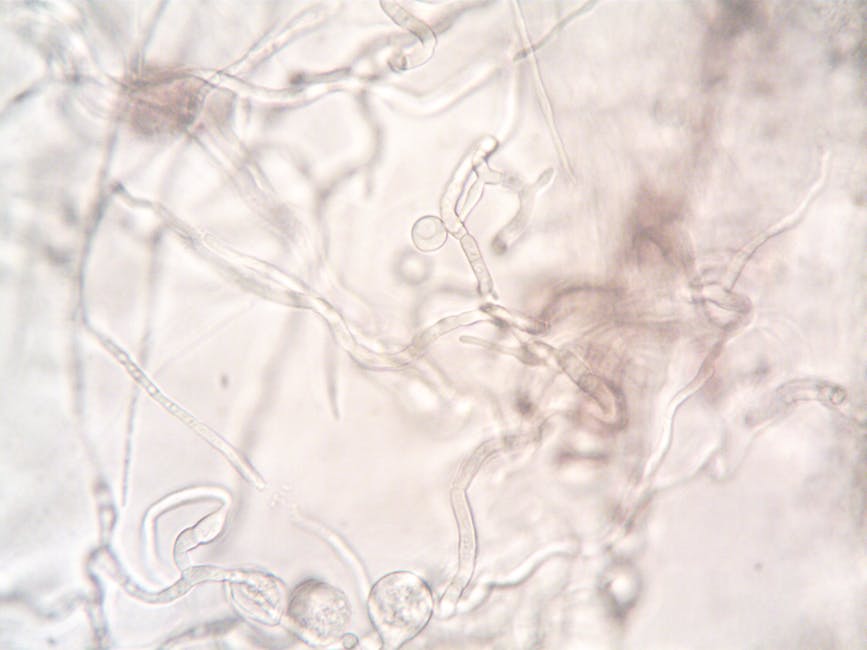-
Official Recognition: Type 5 diabetes has been officially recognized by the International Diabetes Federation (IDF) at the 75th World Congress for Diabetes in Bangkok.
-
Definition: It affects lean, undernourished teenagers and young adults in low- and middle-income countries (LMICs).
-
Cause: Primarily caused by malnutrition-induced reduction in insulin production, unlike Type 2 diabetes which involves insulin resistance.
-
Pancreatic Function: Pancreatic beta cells function abnormally, resulting in severely reduced insulin secretion.
-
Historical Context: First reported in Jamaica in 1955 as J-type diabetes; WHO classified it as “malnutrition-related diabetes mellitus” in 1985 but removed it in 1999 due to a lack of causal evidence.
-
Global Prevalence: Estimated to affect about 25 million people globally, predominantly in the Global South (India, Sri Lanka, Bangladesh, Uganda, Ethiopia, Rwanda, Korea).
-
Key Markers:
- Low BMI (<18.5 kg/m²)
- Severely reduced insulin levels
- Substantially lower body fat percentage
- Inadequate dietary intake of protein, fibre, and micronutrients
- No autoimmune or genetic causes
-
Malnutrition’s Role: Malnutrition, beginning in the womb, plays a critical role. Undernourishment during fetal development and early life can lead to Type 5 diabetes.
-
Treatment: Specific diagnostic criteria and therapeutic guidelines are still being developed by the Type 5 Diabetes Working Group. Treatment involves a high protein diet and adequate carbs/fats to promote weight gain. Anti-diabetic medicine or insulin is considered on a case-by-case basis.
